Sustainably Addressing Global Poverty – One Community Weekly Progress Update #332
Sustainably addressing global poverty is possible with a comprehensive approach. We think this approach should include complete sustainability practices and bringing resources to the places they are needed most, then teaching people how to use and replicate them so they can support themselves and help teach others how to support themselves too. Providing an example, training platform, and launch-point for a global cooperative of teacher/demonstration hubs working together for the Highest Good of all people and life on this planet.
- Here’s our project overview
- Here’s our world-change methodology
- Here’s how this becomes self-replicating
- Here’s how we are open source and free-sharing all the do-it-yourself designs
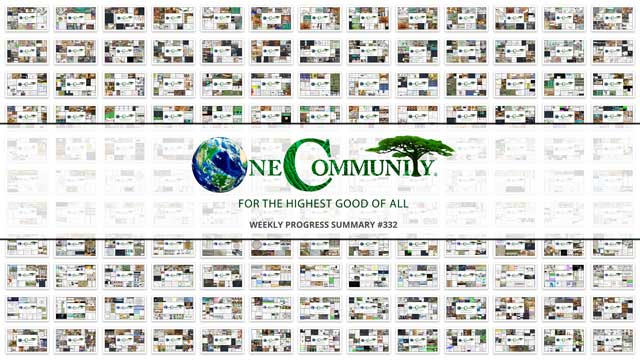
OUR MAIN OPEN SOURCE HUBS
Click on each icon to be taken to the corresponding Highest Good hub page.
One Community’s physical location will forward this movement as the first of many self-replicating teacher/demonstration communities, villages, and cities to be built around the world. This is the August 4th, 2019 edition (#332) of our weekly progress update detailing our team’s development and accomplishments:
Sustainably Addressing Global Poverty
One Community Progress Update #332
Here is the bullet-point list of this last week’s design and progress discussed in detail in the video above:
SUSTAINABLY ADDRESSING GLOBAL POVERTY INTRO: @0:34
SUSTAINABLY ADDRESSING GLOBAL POVERTY HIGHEST GOOD HOUSING: @8:41
- Finished Denim, Hemp, and Wool sections on the most sustainable insulation options page (see below)
- Working on the most sustainable insulation options page and transitioning to the most sustainable faucet options research, Brianna Olsen continued finalizing the insulation research and began researching Sloan, Toto, Kohler, and Grohe faucet products (see below)
- Dean Scholz continued working on the Earthbag Village; continued modeling the larger windows that are fire code compliant and replacing throughout the 3-bedroom home designs (see below)
SUSTAINABLY ADDRESSING GLOBAL POVERTY DUPLICABLE CITY CENTER: @9:40
- Added all the final Duplicable City Center library renders to the open source hub and also updated the pipe furniture page to clarify this as the new direction that room is taking (see below)
- Ron Huang continued on the Energy Modeling for our LEED Platinum certification and City Center open source HVAC design tutorial; continued revising the proposed HVAC system to use a more sustainable hydronic cooling and heat recovery system (see below)
- Sneha Dongre continued helping with the Duplicable City Center structural details; creating columns and beams in AutoCAD for the sliding glass door entryways (see below)
- Mateus Barretto rejoined the team and reviewed and made minor updates to the City Center plumbing designs he helped create several years ago (see below)
- Kimya Azadmard joined the team and focused on writing the City Center plumbing basis of design details shown here (see below)
SUSTAINABLY ADDRESSING GLOBAL POVERTY HIGHEST GOOD FOOD: @11:07
- Continued with week 19 of our development of the open source dams, lakes, and water-retention landscape design tutorial; finished the descriptions for all the different dam types (see below)
- Continued research for the 100-chicken coop; started using the 3D construction file to create the materials list (see below)
- Continued researching sheep; reviewed several videos regarding getting started with sheep, toxic free hoses and soakers, sheep shelters, and raising grass fed lamb and incorporated what we learned into the behind-the-scenes sheep-tutorial Google Doc (see below)
SUSTAINABLY ADDRESSING GLOBAL POVERTY HIGHEST GOOD EDUCATION: @12:09
- With over 8 years of development invested in the Education for Life component, this part of One Community is now complete enough to no longer focus and report on it with weekly updates. That is, of course, until we move onto the property and continue the development and open sourcing process with teachers and students. Visit the Education section below for links to all the completed elements of this component and details on the final remaining action items for this area of One Community before moving onto the property and fully launching it.
- Dan Alleck is now focused on final edits to the Ultimate Classroom renders; started work on the Orange room where he added in new elements, replaced some items, and resized the people (see below)
SUSTAINABLY ADDRESSING GLOBAL POVERTY HIGHEST GOOD SOCIETY: @13:32
- Created the new collage format we’re using for these blogs (see below)
- Created the new page based off of a magazine article we were asked to write and called “10 Community Problems and 10 Solutions” (see below)
- Updated our Internet Participation page and tutorial for people looking to help with anywhere from 1 minute to 30 minutes only and using just the internet (see below)
- Core team working with Brian Gilb started the final review and edits of our Business Plan and all the related attachments (see below)
- Shubhra Mittal helped write all the hours estimates for the complete Highest Good Network work breakdown structure (see below)
- Emilio Nájera continued with the marketing team by implementing requested changes to the Highest Good of All sub-campaigns and creating all the shareable site links for the One Community branding campaign (see below)
SUSTAINABLY ADDRESSING GLOBAL POVERTY SUMMARY: @14:56
-
-
- How you can most help us right now and how anyone can help
-
CLICK HERE IF YOU’D LIKE TO RECEIVE AN EMAIL EACH WEEK WHEN WE RELEASE A NEW UPDATE
YOU CAN ALSO JOIN US THROUGH SOCIAL MEDIA
Sustainably Addressing Global Poverty
ONE COMMUNITY WEEKLY UPDATE DETAILS
SUSTAINABLY ADDRESSING GLOBAL POVERTY HIGHEST GOOD HOUSING PROGRESS
 One Community is sustainably addressing global poverty through Highest Good housing that is artistic and beautiful, more affordable, more space efficient, lasts longer, DIY buildable, and constructed with healthy and sustainable materials:
One Community is sustainably addressing global poverty through Highest Good housing that is artistic and beautiful, more affordable, more space efficient, lasts longer, DIY buildable, and constructed with healthy and sustainable materials:
-
-
- Learn about: Our Upcoming Crowdfunding Campaign
- Learn about the different village models: 7 Sustainable Village Models
- Visit the open source portals for the first two: Earthbag Village OS Hub | Straw Bale Village OS Hub
-
This week the core team continued adding the content to the most sustainable insulation options page. This week we finished the sections shown here for Denim, Hemp, and Wool.
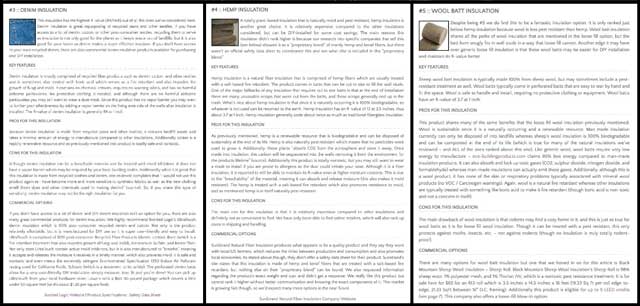
Finished Denim, Hemp, and Wool Sections of Most Sustainable Insulation Options Page – Click to Visit
Also working on the most sustainable insulation options page and transitioning to the most sustainable faucet options research, Brianna Olsen (Sustainability Researcher) completed her 9th week to finalize the insulation research and began researching Sloan, Toto, Kohler, and Grohe faucet products.
Dean Scholz (Architectural Designer) finished week #167 working on the Earthbag Village (Pod 1). This week he continued modeling the larger windows that are fire code compliant and replacing throughout the 3-bedroom home designs.
SUSTAINABLY ADDRESSING GLOBAL POVERTY DUPLICABLE CITY CENTER PROGRESS
 One Community is sustainably addressing global poverty through a Duplicable and Sustainable City Center that is LEED Platinum certified/Sustainable, can feed 200 people at a time, provide laundry for over 300 people, is beautiful, spacious, and saves resources, money, and space:
One Community is sustainably addressing global poverty through a Duplicable and Sustainable City Center that is LEED Platinum certified/Sustainable, can feed 200 people at a time, provide laundry for over 300 people, is beautiful, spacious, and saves resources, money, and space:
-
-
- Learn about this building and it’s function: Duplicable City Center Open Source Hub
-
This week the core team added all the final Duplicable City Center library renders to the open source hub and also updated the pipe furniture page to clarify this as the new direction that room is taking.
Ron Huang (Mechanical Engineer) also continued with his 13th week working on the Energy Modeling for our LEED Platinum certification and City Center open source HVAC design tutorial. This week he continued revising the proposed HVAC system to use a more sustainable hydronic cooling and heat recovery system.
Sneha Dongre (Structural Engineer) additionally continued with her 18th week helping with the Duplicable City Center structural details. This week’s focus was creating columns and beams in AutoCAD for the sliding glass door entryways.
Mateus Barretto (Civil Engineer) also rejoined the team and reviewed and made minor updates to the City Center plumbing designs he helped create several years ago. You can see some of this work here.
This was in preparation for a redesign Kimya Azadmard (Senior Plumbing Engineer) has joined the team to help with. Kimya’s focus this week was writing the City Center plumbing basis of design details shown here.
SUSTAINABLY ADDRESSING GLOBAL POVERTY HIGHEST GOOD FOOD PROGRESS
 One Community is sustainably addressing global poverty through Highest Good food that is more diverse, more nutritious, locally grown and sustainable, and part of our open source botanical garden model to support and share bio-diversity:
One Community is sustainably addressing global poverty through Highest Good food that is more diverse, more nutritious, locally grown and sustainable, and part of our open source botanical garden model to support and share bio-diversity:
-
-
- Learn about the structures: Hoop House Hub | Aquapini & Walipini Open Source Hub
- See what we’ll be growing: Gardens & Hoop Houses | Large-scale Structures | Food Forest | TA
-
This week the core team continued with week 19 of our development of the open source dams, lakes, and water-retention landscape design tutorial. This week we finished the descriptions for all the different dam types.
The core team also continued research for the 100-chicken coop. This week we started using the 3D construction file to create the materials list, some of which you can see here.
And, last but not least, the core team continued researching sheep. We reviewed several videos regarding getting started with sheep, toxic free hoses and soakers, sheep shelters, and raising grass fed lamb and incorporated what we learned into the behind-the-scenes sheep-tutorial Google Doc shown here.
SUSTAINABLY ADDRESSING GLOBAL POVERTY HIGHEST GOOD EDUCATION PROGRESS
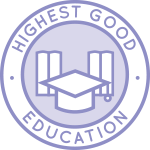 One Community is sustainably addressing global poverty through Highest Good education that is for all ages, applicable in any environment, adaptable to individual needs, far exceeds traditional education standards, and more fun for both the teachers and the students. This component of One Community is about 95% complete with only the Open Source School Licensing and Ultimate Classroom construction and assembly details remaining to be finished. With over 8 years of work invested in the process, the sections below are all complete until we move onto the property and continue the development and open sourcing process with teachers and students – a development process that is built directly into the structure of the education program and everything else we’re creating too:
One Community is sustainably addressing global poverty through Highest Good education that is for all ages, applicable in any environment, adaptable to individual needs, far exceeds traditional education standards, and more fun for both the teachers and the students. This component of One Community is about 95% complete with only the Open Source School Licensing and Ultimate Classroom construction and assembly details remaining to be finished. With over 8 years of work invested in the process, the sections below are all complete until we move onto the property and continue the development and open sourcing process with teachers and students – a development process that is built directly into the structure of the education program and everything else we’re creating too:
- Program Overview: Education Open Source Hub
- How the components work together: How to use the Education for Life Program
- Lesson Plans for Life – Lesson Plans How-to
- Foundations of Outstanding Leaders, Teachers, and Communicators
- Curriculum for Life
- Teaching Strategies for Life
- Learning Tools and Toys for Life
- Evaluation and Evolution
This week Dan Alleck (Designer and Illustrator) completed his 50th week helping. His work now is focused on final edits to the Ultimate Classroom renders. This week he started work on this Orange room where he added in new elements, replaced some items, and resized the people.
SUSTAINABLY ADDRESSING GLOBAL POVERTY HIGHEST GOOD SOCIETY PROGRESS
 One Community is sustainably addressing global poverty through a Highest Good society approach to living that is founded on fulfilled living, the study of meeting human needs, Community, and making a difference in the world:
One Community is sustainably addressing global poverty through a Highest Good society approach to living that is founded on fulfilled living, the study of meeting human needs, Community, and making a difference in the world:
-
-
- Read the Highest Good society overview: Highest Good Society
- Learn about the model for fulfilled living and sharing: A Day in the Life
- Learn about the 4 economic models: RBE | For-profit | Non-profit | Entrepreneurship
- Learn about our open source community collaboration and management software: The Highest Good Network
-
This week the core team created the new collage format we’re using for these blogs.
We also created the new page shown here and based off of a magazine article we were asked to write and called “10 Community Problems and 10 Solutions.”
We also updated our Internet Participation page and tutorial for people looking to help with anywhere from 1 minute to 30 minutes only and using just the internet.
In addition to this, the core team working with Brian Gilb (Project Management Professional – PMP) also started the final review and edits of our Business Plan and all the related attachments. We finished the first 5 enclosures and would say we are now 30% done.
Shubhra Mittal (Software Delivery Manager) helped write all the hours estimates for the complete Highest Good Network work breakdown structure.
And Emilio Nájera (Digital Marketer) also continued with his 39th week as part of the marketing team by implementing requested changes to the Highest Good of All sub-campaigns and creating all the shareable site links for the One Community branding campaign. You can see some of this work here.
Sustainably Addressing Global Poverty
WHAT ONE COMMUNITY IS CREATING
One Community is creating a place to grow together and change the world together. We are creating a space that helps each other live in integrity with each other and the planet as we strive to be the greatest versions of ourselves. We do this by harmoniously respecting each other, nature, and the rest of our one shared planet.
Our goal is to demonstrate what we feel is the most sustainable, healthy, and fun environment we can create. A place based on compassion, kindness, and collaboration. This replicable community will serve as an example for what is possible.
Throughout our design process we are open sourcing and free-sharing everything needed for construction and replication. This includes what we call “Highest Good” approaches to food, energy, housing, education, for-profit and non-profit economics design, social architecture, fulfilled living, stewardship practices and more. We are creating these resources for implementation as individual components or complete developments called teacher/demonstration hubs. These hubs will help launch additional hubs as awareness and knowledge grow.
AND WE PRODUCED THIS WEEKLY UPDATES BLOG – CLICK HERE TO SUBSCRIBE
FOLLOW ONE COMMUNITY’S PROGRESS (click icons for our pages)
INVESTOR PAGES
GET INVOLVED
CONSULTANTS ● WAYS ANYONE CAN HELP ● MEMBERSHIP
CLICK HERE FOR ALL PAST UPDATES
 One Community
One Community




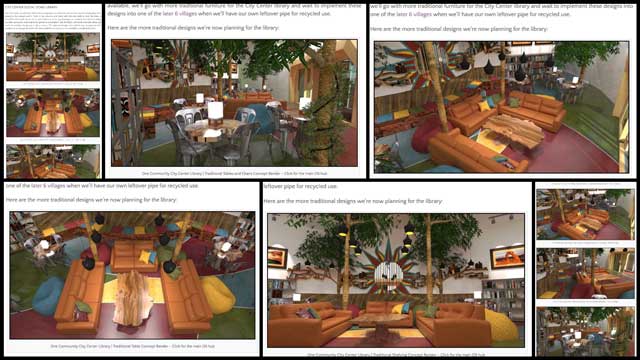




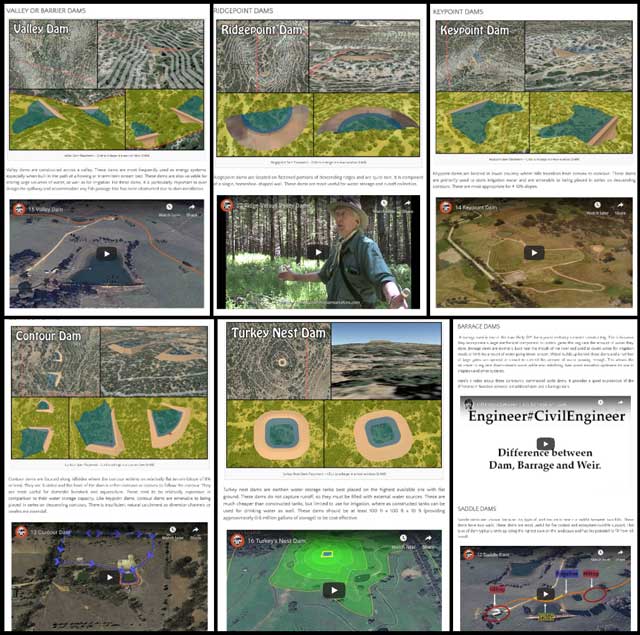


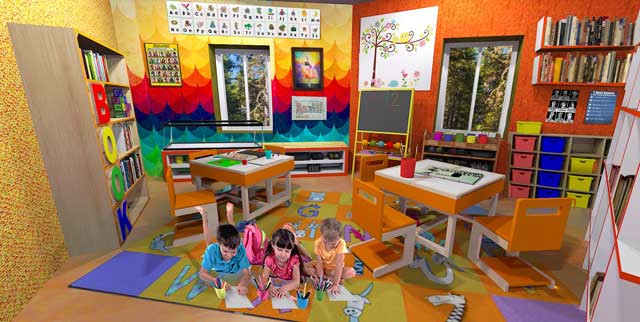

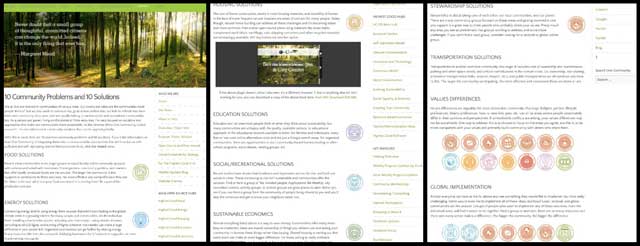
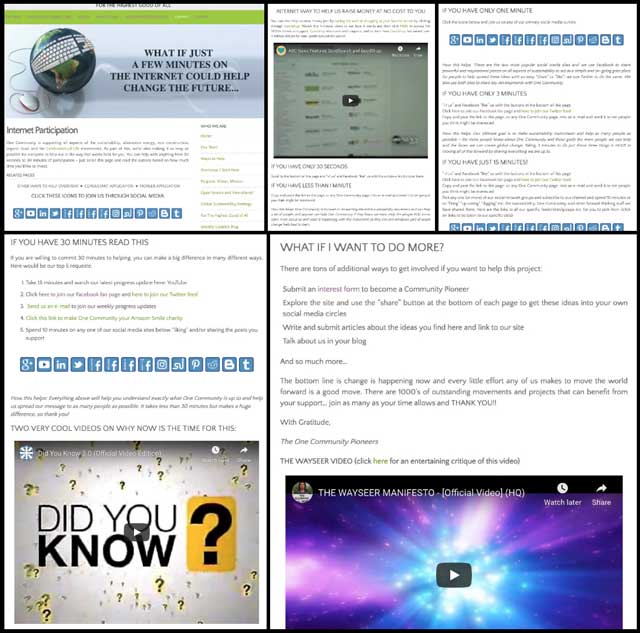



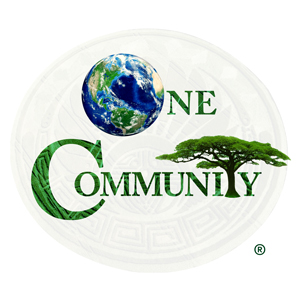


Connect with One Community